- Over 1 million successful rentals
Car Hire Serbia
Save time and money. We compare the offers of car rental companies in Serbia on your behalf.
- Free cancellation Up to 48 hours prior to the scheduled pick up time
- Best price guarantee Have you found a better price? Let us know and we will make you a better offer.
- 24000+ pick-up locations Locations around the world
Compare Car Hire
Carrentals.co.uk offers simple and straightforward car hire comparison services. We don't add a penny to your quotes!
Car rental offers in Serbia
Whether you're looking for a small rental car or a station wagon for the entire family, we will always have a suitable vehicle for the lowest price. Below are some examples from our selection in Serbia.
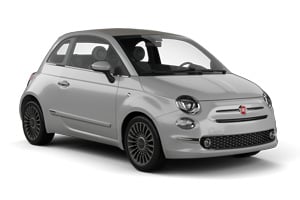
-
SurPrice car rentals From£ 5 /day -
Sixt From£ 12 /day -
wheego From£ 13 /day
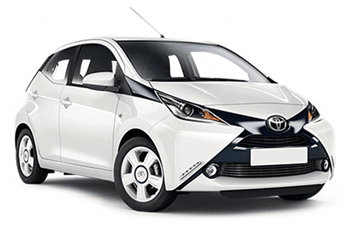
-
Goldcar From£ 7 /day -
ACE Rent A Car From£ 15 /day -
FireFly Car Rental From£ 15 /day
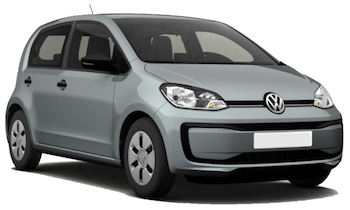
-
Autounion Car Rental From£ 12 /day -
Enterprise From£ 20 /day -
Green Motion From£ 20 /day
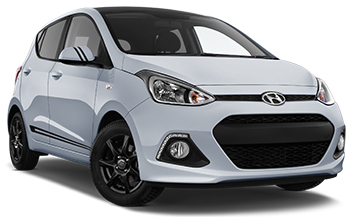
-
Payless Car Rental From£ 10 /day -
Budget From£ 11 /day -
Avis From£ 11 /day
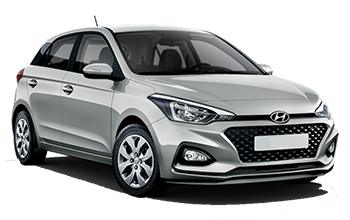
-
Avis From£ 11 /day

-
Goldcar From£ 13 /day -
FireFly Car Rental From£ 21 /day -
ACE Rent A Car From£ 23 /day

-
Autounion Car Rental From£ 11 /day -
Green Motion From£ 12 /day -
Enterprise From£ 12 /day
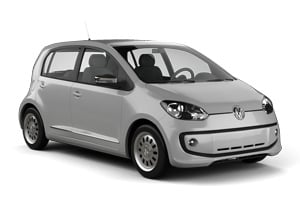
-
Autounion Car Rental From£ 11 /day -
Green Motion From£ 12 /day -
Hertz From£ 18 /day
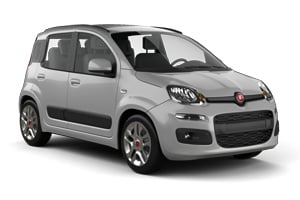
-
Alamo From£ 14 /day -
Green Motion From£ 21 /day -
Right Cars From£ 34 /day
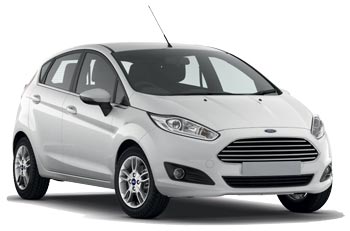
-
SurPrice car rentals From£ 5 /day -
Right Cars From£ 6 /day -
Goldcar From£ 7 /day
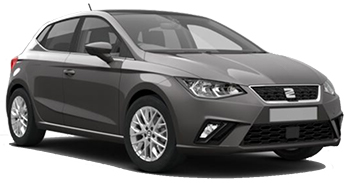
-
OK Mobility From£ 7 /day
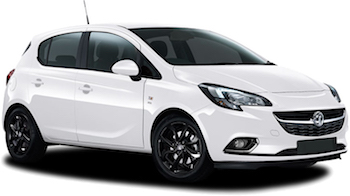
-
Autounion Car Rental From£ 13 /day -
Enterprise From£ 17 /day -
Green Motion From£ 17 /day
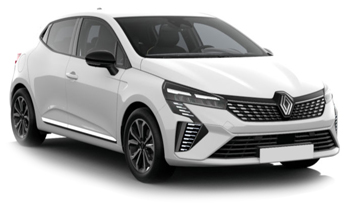
-
OK Mobility From£ 7 /day -
Alamo From£ 12 /day -
Sixt From£ 13 /day

-
OK Mobility From£ 8 /day -
Payless Car Rental From£ 10 /day -
Avis From£ 11 /day
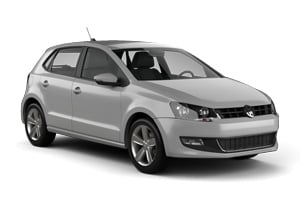
-
Autounion Car Rental From£ 13 /day -
Budget From£ 17 /day -
Enterprise From£ 17 /day
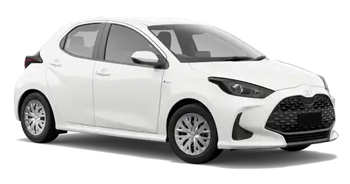
-
Goldcar From£ 10 /day -
Enterprise From£ 21 /day

-
Payless Car Rental From£ 10 /day -
Avis From£ 10 /day -
Autounion Car Rental From£ 11 /day

-
Goldcar From£ 13 /day -
Thrifty From£ 31 /day -
Right Cars From£ 44 /day
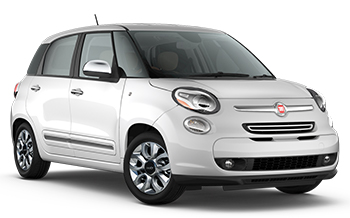
-
SurPrice car rentals From£ 6 /day
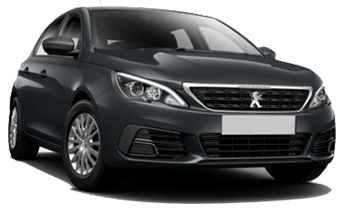
-
OK Mobility From£ 8 /day -
Enterprise From£ 16 /day -
ACE Rent A Car From£ 20 /day
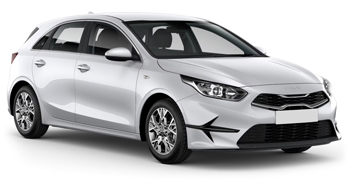
-
Alamo From£ 15 /day -
Hertz From£ 24 /day
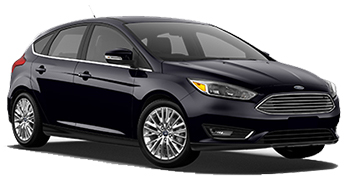
-
Goldcar From£ 9 /day -
Sixt From£ 16 /day -
ACE Rent A Car From£ 17 /day
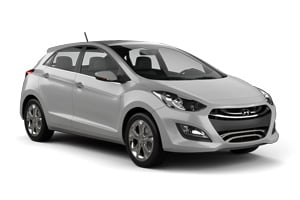
-
OK Mobility From£ 9 /day -
Enterprise From£ 16 /day
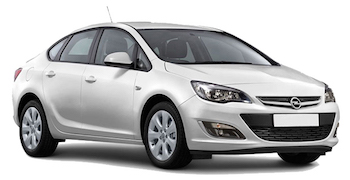
-
Autounion Car Rental From£ 15 /day -
Alamo From£ 15 /day -
Avis From£ 19 /day
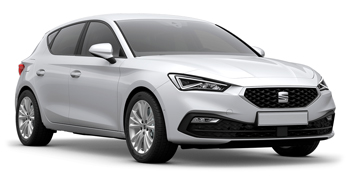
-
OK Mobility From£ 9 /day

-
Payless Car Rental From£ 12 /day -
Alamo From£ 14 /day -
Avis From£ 14 /day
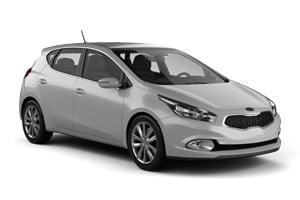
-
Alamo From£ 18 /day
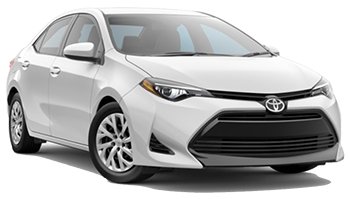
-
Goldcar From£ 9 /day -
Autounion Car Rental From£ 24 /day -
ACE Rent A Car From£ 43 /day
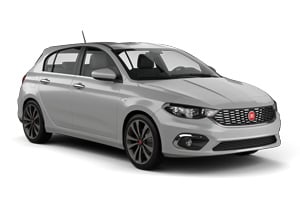
-
SurPrice car rentals From£ 12 /day -
wheego From£ 18 /day
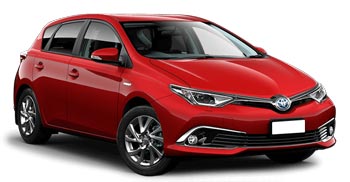
-
Goldcar From£ 14 /day -
Autounion Car Rental From£ 25 /day
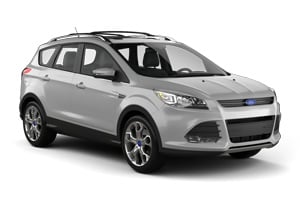
-
Goldcar From£ 18 /day -
Avis From£ 30 /day -
ACE Rent A Car From£ 88 /day
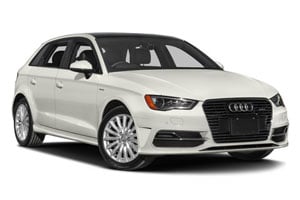
-
Autounion Car Rental From£ 23 /day -
Europcar From£ 37 /day -
Budget From£ 102 /day
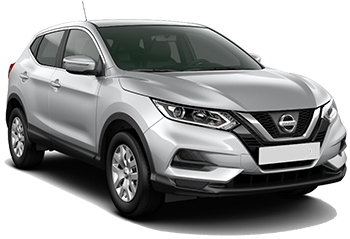
-
SurPrice car rentals From£ 19 /day -
Carwiz rent a car From£ 38 /day -
Hertz From£ 40 /day
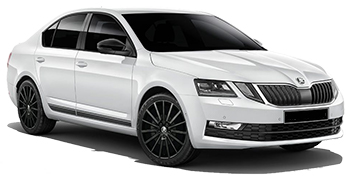
-
Carwiz rent a car From£ 19 /day -
Autounion Car Rental From£ 20 /day -
Sixt From£ 24 /day

-
wheego From£ 23 /day

-
Green Motion From£ 20 /day -
Hertz From£ 33 /day
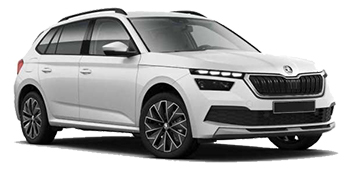
-
OK Mobility From£ 13 /day

-
Autounion Car Rental From£ 23 /day

-
Autounion Car Rental From£ 24 /day

-
Avis From£ 28 /day -
Payless Car Rental From£ 28 /day -
Hertz From£ 33 /day
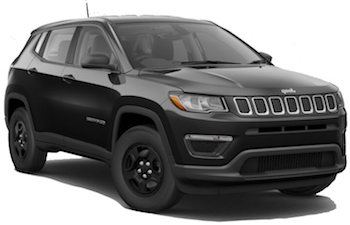
-
Alamo From£ 30 /day -
Enterprise From£ 40 /day -
Sixt From£ 74 /day

-
Alamo From£ 29 /day -
Enterprise From£ 32 /day -
Sixt From£ 68 /day

-
Payless Car Rental From£ 29 /day -
Avis From£ 29 /day
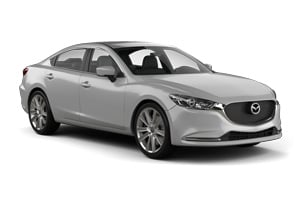
-
Alamo From£ 32 /day -
Enterprise From£ 39 /day

-
Alamo From£ 29 /day -
Enterprise From£ 33 /day
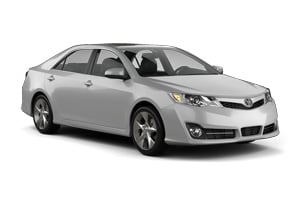
-
Europcar From£ 38 /day
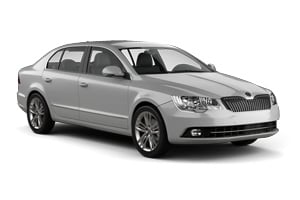
-
Europcar From£ 38 /day -
Avis From£ 39 /day -
Payless Car Rental From£ 39 /day

-
Europcar From£ 43 /day
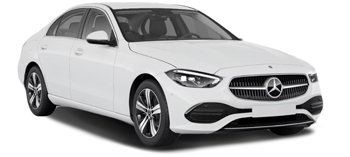
-
Carwiz rent a car From£ 40 /day -
Budget From£ 129 /day

-
Europcar From£ 43 /day -
Avis From£ 45 /day
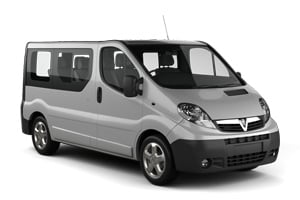
-
Autounion Car Rental From£ 44 /day -
Europcar From£ 62 /day

-
Autounion Car Rental From£ 45 /day -
Europcar From£ 67 /day
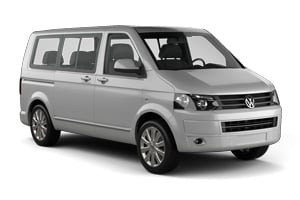
-
Autounion Car Rental From£ 45 /day -
ACE Rent A Car From£ 178 /day

-
Autounion Car Rental From£ 47 /day
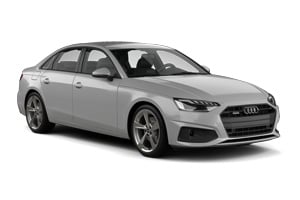
-
Europcar From£ 41 /day -
Sixt From£ 44 /day
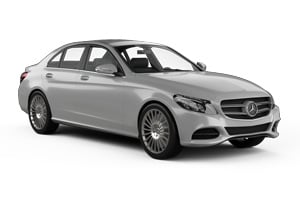
-
Carwiz rent a car From£ 41 /day -
Payless Car Rental From£ 56 /day -
Sixt From£ 57 /day

-
Carwiz rent a car From£ 45 /day -
Sixt From£ 62 /day -
Budget From£ 62 /day

-
Europcar From£ 46 /day -
Sixt From£ 51 /day
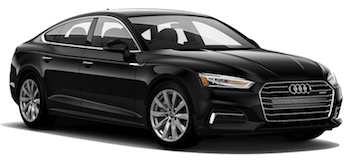
-
Europcar From£ 47 /day
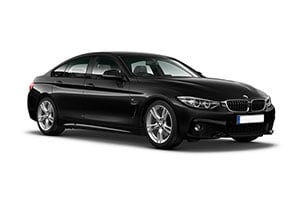
-
Europcar From£ 49 /day

-
Europcar From£ 53 /day
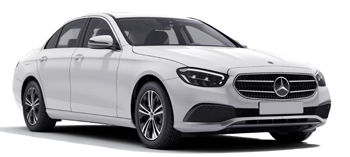
-
Avis From£ 50 /day -
Payless Car Rental From£ 51 /day -
Carwiz rent a car From£ 62 /day
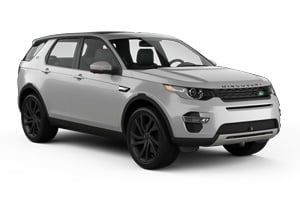
-
Europcar From£ 53 /day
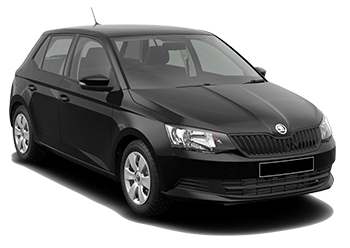
-
Budget From£ 16 /day
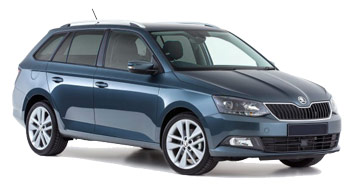
-
Budget From£ 16 /day
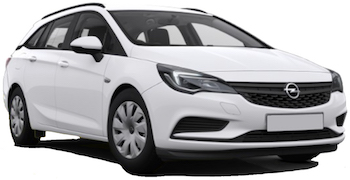
-
Autounion Car Rental From£ 20 /day

-
Autounion Car Rental From£ 19 /day

-
Budget From£ 22 /day
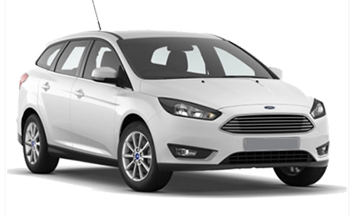
-
Thrifty From£ 35 /day -
ACE Rent A Car From£ 46 /day

-
Thrifty From£ 39 /day
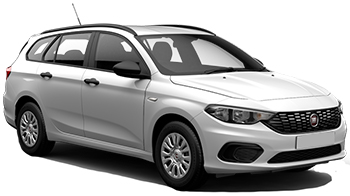
-
Carwiz rent a car From£ 43 /day

-
Carwiz rent a car From£ 49 /day

-
Autounion Car Rental From£ 41 /day -
Carwiz rent a car From£ 52 /day -
Europcar From£ 62 /day

-
Autounion Car Rental From£ 41 /day -
ACE Rent A Car From£ 178 /day
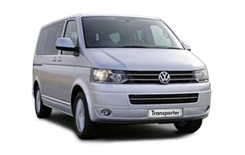
-
Autounion Car Rental From£ 42 /day

-
Autounion Car Rental From£ 45 /day -
Carwiz rent a car From£ 56 /day -
Europcar From£ 67 /day

-
Sixt From£ 47 /day -
Carwiz rent a car From£ 55 /day -
Alamo From£ 85 /day
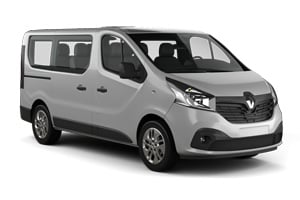
-
Sixt From£ 48 /day -
wheego From£ 56 /day -
Alamo From£ 66 /day

-
Sixt From£ 53 /day -
Carwiz rent a car From£ 59 /day -
Alamo From£ 92 /day

-
Sixt From£ 54 /day -
wheego From£ 60 /day -
Alamo From£ 70 /day
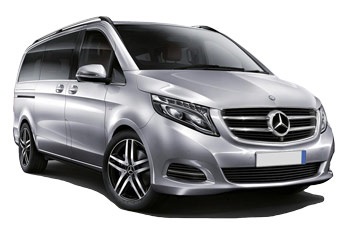
-
Europcar From£ 74 /day -
Payless Car Rental From£ 109 /day -
Avis From£ 110 /day

-
Europcar From£ 30 /day

-
Europcar From£ 35 /day
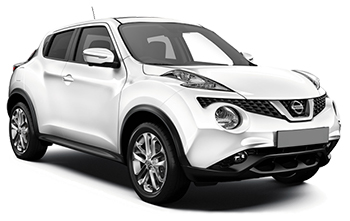
-
OK Mobility From£ 12 /day
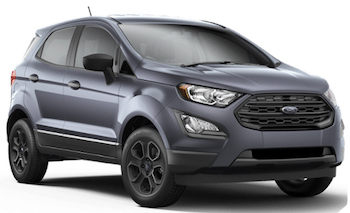
-
Payless Car Rental From£ 13 /day -
Avis From£ 15 /day
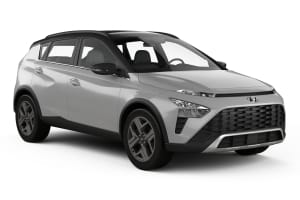
-
wheego From£ 18 /day

-
wheego From£ 14 /day
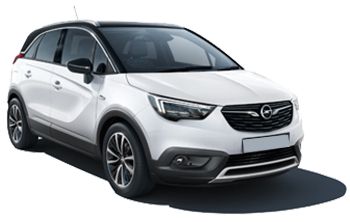
-
Alamo From£ 16 /day -
Green Motion From£ 24 /day

-
Alamo From£ 19 /day -
Green Motion From£ 25 /day
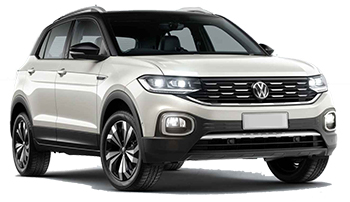
-
Budget From£ 17 /day -
Carwiz rent a car From£ 18 /day
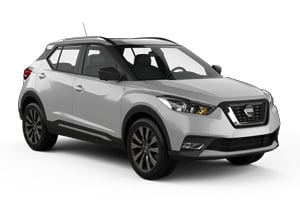
-
ACE Rent A Car From£ 18 /day

-
Carwiz rent a car From£ 21 /day -
Budget From£ 23 /day

When to book a rental car in Serbia
Serbia - When is the most affordable time to rent a mini class car?
At this destination (Serbia), February is the most affordable time to rent a mini class car with an average daily rate of
Serbia - When is the most affordable time to rent a economy class car?
At this destination (Serbia), March is the most affordable time to rent a economy class car with an average daily rate of
Serbia - When is the most affordable time to rent a compact class car?
At this destination (Serbia), March is the most affordable time to rent a compact class car with an average daily rate of
Serbia - When is the most affordable time to rent an intermediate class car?
At this destination (Serbia), March is the most affordable time to rent a intermediate class car with an average daily rate of
Serbia - When is the most affordable time to rent a standard class car?
At this destination (Serbia), March is the most affordable time to rent a standard class car with an average daily rate of
Serbia - When is the most affordable time to rent a full-size car?
At this destination (Serbia), March is the most affordable time to rent a full-size class car with an average daily rate of
Serbia - When is the most affordable time to rent a luxury car?
At this destination (Serbia), May is the most affordable time to rent a luxury class car with an average daily rate of
Serbia - When is the most affordable time to rent a station wagon?
At this destination (Serbia), March is the most affordable time to rent a station wagon with an average daily rate of
Serbia - When is the most affordable time to rent a SUV?
At this destination (Serbia), June is the most affordable time to rent an SUV with an average daily rate of
Serbia - When is the most affordable time to rent a MPV?
At this destination (Serbia), March is the most affordable time to rent an mpv with an average daily rate of
Serbia - When is the most affordable time to rent a minivan?
At this destination (Serbia), March is the most affordable time to rent a minibus with an average daily rate of
Serbia - When is the most affordable time to rent a sports car?
At this destination (Serbia), April is the most affordable time to rent a sports car with an average daily rate of
Serbia - When is the most affordable time to rent a convertible?
At this destination (Serbia), April is the most affordable time to rent a convertible with an average daily rate of
Serbia - When is the most affordable time to rent a sedan?
At this destination (Serbia), March is the most affordable time to rent a sedan with an average daily rate of
Car rental locations in Serbia
Carrentals.co.uk compares rental car prices at the following destinations
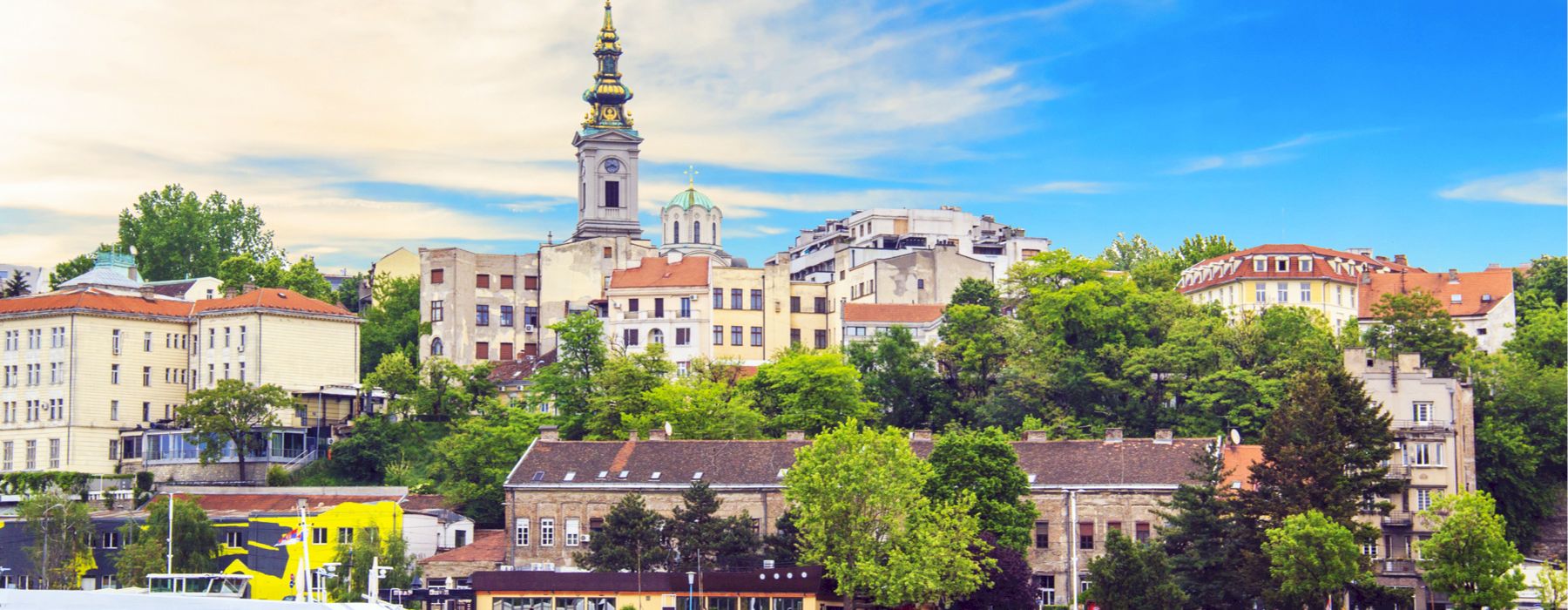
Serbia Guide
Serbia is best explored by rental car. Carrentals.co.uk has over 9 pick-up locations in Serbia. This means there is always a pick-up location close to your destination.
Most popular car hire locations in Serbia
Driving
People are starting to discover the myriad historical, adventure and family attractions the Balkan country of Serbia has to offer. Visitors can drive to Subotica, one of the most beautiful cities in Europe, or hit the peaceful mountain resort town of Soko Banja in between urban stints in energetic Belgrade.
Driving Tips for Serbia
Drivers are not encouraged to drive at night outside of urban areas as roads tend to be in poor shape. A warning triangle as well as a reflective jacket must be carried, these are provided by most rental suppliers. Most motorways are toll ways so keep some cash on you.
Driving licences: a UK driving licence can be used in Serbia. Obtaining an International Driving Permit to accompany your UK driving licence prior to travel is recommended.
Which side does Serbia drive on: the right.
Speed limits:
Motorways: 75mph (120kph)
Rural areas: 62mph (100kph)
Built-up areas: 37mph (60kph)
Alcohol limits: 0.03 per cent, which is lower than the UK limit of 0.08 per cent. Breath tests are carried out by local police and violators can be fined or imprisoned.
Driving age: 18 years.
Seatbelts: those sitting in the front and rear must wear seatbelts at all times. A rear-facing child restraint is required for children under three years sitting in the front seat. Children from three to 12 years cannot travel in the front seat.
Mobile phones and GPS: mobile phone use is not allowed while driving unless using a hands-free system. GPS maps are available for use in Serbia.
Cost of fuel in Serbia: both unleaded petrol and diesel are cheaper in Serbia than in the UK.
Car hire and fuel payment: credit cards can be used at most filling stations and car rental agencies.
Insurance: third-party insurance is required and included with car hire. Excess insurance is available at an additional charge.
Traffic and parking: Belgrade and other large cities have cheap, secure parking garages. Driving in the cities should be avoided in rush hours, when congestion is at its worst.
Transport
Trains
Domestic trains are generally poor by European standards, with services often slow and delayed. The following cities can be accessed by rail: Belgrade, Bar, Novi Sad, Nis and Subotica. The national rail provider is Serbian Railways. International trains are available to and from most neighbouring countries and offer generally good services.
Taxis
Taxis are available in the urban areas via telephone or hailing in the street, but visitors are advised to only avail of the services of officially marked cabs. Taxis use metres but often prices are simply negotiated before setting off. Prices are cheap by UK standards.
Buses
Buses are a popular means of transport in Serbia. Services run frequently and are cheap, thus this is the preferred means of travel for locals. Serbian buses service the many cities and towns around the country, with fares for even the longest journeys under £40. Timetables are not available online so travellers are advised to call or check with the main departure terminal. The main bus station in Belgrade is very organised, but stations outside the capital may be harder to navigate.
Ferries
There are two main waterways running through Serbia, the Danube River snaking though the central part of the country and the Sava River, a tributary of the Danube, jutting out southwest from it. Both rivers pass through the capital, Belgrade. Along the Danube the main ports are Belgrade, Novi Sad, PanÄevo and Smederevo. Along the Sava, ports are located at Šabac and Belgrade. Tourist cruises operate along these routes.
Airports
Belgrade Nikola Tesla Airport receives flights from London-Heathrow and London-Luton. As well as having car hire at the airport, there are minibuses which run from the two-terminal airports to Belgrade, with single fares of around £2, and taxis that cost around £12.
Explore
Exploring Serbia
Tourist numbers are increasing in this Balkan country as more people learn of Serbia's fabulous attractions. The cities are destinations in themselves due to their long histories and beautiful architecture.
The capital of Belgrade is worth a few days of exploring. Visitors can begin their visit at the Kalemegdan Fortress, which is still standing despite its long history dating back to the time of the Celts. The Orthodox Cathedral (Saborna Crkva), the National Museum and the Old Castle are other top tourist attractions here.
The beautiful northern city of Subotica has the most Art Nouveau buildings in the country. There are many pedestrianised streets in the city which become lively at night with a number of cafés, restaurants and bars. Summer visitors can attend the film and music festivals which are hosted here.
Novi Sad, located along the Danube, is Serbia's second city. It has a number of museums, parks and churches which are worth seeing. Petrovaradin Fortress, the main landmark here, is especially beautiful as it overlooks the Danube.
Outside the cities, the mountain town of Zlatibor is great for skiing, while the peaceful spa town of Soko Banja is also recommended.
Weather
Serbia generally has a mild continental climate. Still, winters can be cold and summers warm. Temperatures can vary north to south and in mountainous areas. In Belgrade, which is located in the central part of the country, summer temperatures average at 28°C, while in winter, temperatures average at -1.1°C. It gets even colder in the mountain areas, where heavy snowfall is experienced. However, this is good news for Serbia’s ski resorts.
Practical information
-
CurrencySerbian dinar
-
Driving directionRight
-
City speed limit50 km/h
-
Freeway speed limit100 km/h
-
LanguageSerbian
-
Popular car categoryEconomy
What most people want to know
The following questions and answers are a selection of the most popular questions. If you do not find the answer to your question, have a look at the Frequently Asked Questions page or contact us.
- Autounion Car Rental
- Enterprise
- Carwiz rent a car
- MAXX RENT
- Budget
- Europcar
- Hertz
- Alamo
- Sixt
- GLOBAL Rent-a-Car
- Payless Car Rental
- FireFly Car Rental
- addCarRental
- Green Motion
- Goldcar
- Avis
- OK Mobility
- InterRent
- SurPrice car rentals
- Nur Rent a car
- OtoQ
- Right Cars
- wheego
- Dollar Rent a Car
- Exer Rent A Car
- Goldcar Key'n Go
- ACE Rent A Car
- Global Rent a Car
- Abbycar
- NÜ Car Rentals
- National Car Rental
- Autonom
- Mex Rent a Car
- Active Car Rental
- Thrifty
- Fleet Rent a car
- ORYX Rent A Car